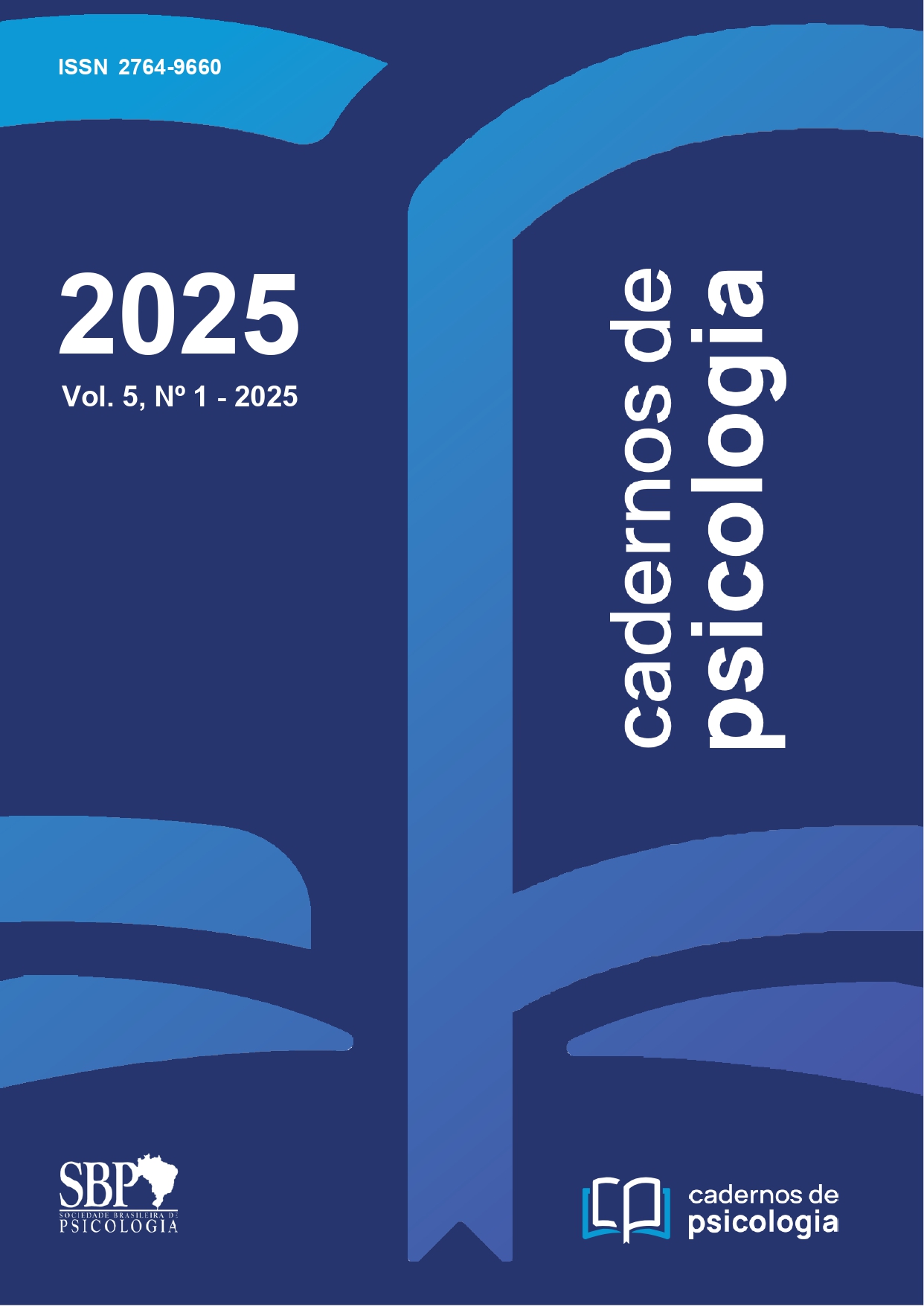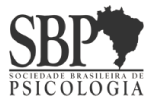Direct and indirect measures of depression
historical contexts and current technologies
Keywords:
Depression, Direct measures, Indirect measures, Behavior, Verbal BehaviorAbstract
The present theoretical study analyzes indirect and direct measures of behavior in the assessment of depression. It presents a behaviorist conception of psychopathology and how this perspective differs from that presented by Psychiatry. It explores how these different concepts guide the development of different types of measures to assess depression. Furthermore, it explores the advantages and disadvantages of direct and indirect measures, as well as presenting an overview of the historical and operational contexts that favored the predominance of self-report measures for the assessment of depression. It presents some responses adopted as direct measures to assess depression, giving special emphasis to aspects of verbal behaviors, such as speech speed, pauses, duration of pauses, latency, tone of voice, emotionality of speech and lexical diversity. It also points out that the advancement of technologies can facilitate a resumption in the investigation of direct measures and the problems related to the uncritical use of artificial intelligence as a tool for distinguishing depressive/depressed and non-depressed patterns. Additionally, it also highlights how the predominant use of indirect behavioral measures can represent a limitation in the ranking of evidence-based psychotherapies.






